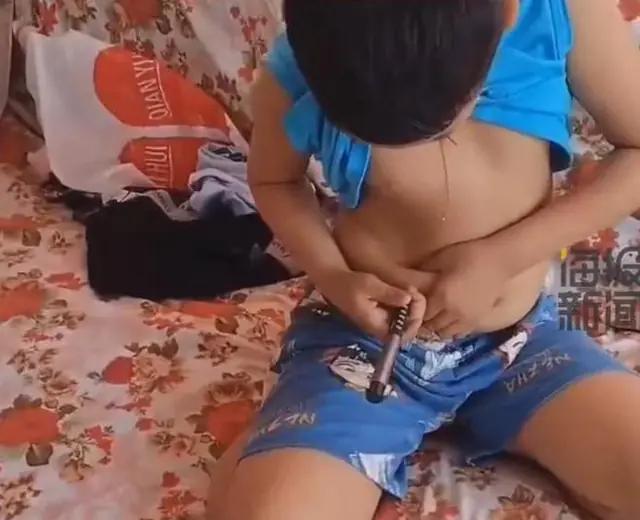
How to Propagate Sweet Potatoes to Grow New Slips
Use these step-by-step instructions to propagate a sweet potato in water or potting mix. This produces “slips” (stems and leaves) providing new plants for the garden. The vines also make interesting houseplants.
Many fruits and vegetables can be propagated at home to grow new plants. This shows a simple way to grow avocado from seed.
Sprouting Sweet Potatoes
Just one sweet potato can create a lot of new sweet potatoes—ongoing for years to come.
In the past decade or two, this carbohydrate-rich root vegetable has enjoyed a new wave of popularity, likely due to sweet potatoes offered as an alternative to traditional french fries or baked potatoes in restaurants and food trucks.
While not a type of potato, sweet potatoes (edible Ipomoea batatas cultivars) are just as versatile and sweeter—as the name implies.
Because we cannot grow sweet potatoes as perennials year-round in cold climates, we adapt by growing them as annuals (a single season crop). Planted after the risk of frost has passed, faster-growing varieties can produce a substantial harvest by early fall.
The easiest way to get started is to buy or create your own “slips.”
Slips are simply stems and leaves that grow from existing sweet potatoes to form new plants.
Start with a sweet potato from the grocery store and use the instructions below to grow your own slips.
The best time to get started is 2 to 3 months before your last frost in spring, so, by the time the weather warms, your slips are ready for transplanting outdoors.
Just one sweet potato can produce a lot of slips—a dozen is not out of the question. And each of those in turn can become a new plant that produces several pounds of sweet potatoes.
Cured and stored after harvest, you’ve got sweet potatoes for the winter and extras for creating new slips for the planting season to come. And on it goes.
If you’re not a vegetable gardener, you can still use the methods shown below to grow a fabulous vining houseplant.
How to Propagate Sweet Potatoes
There are a lot of different ways to do this but each method is basically doing the same thing—providing warmth and moisture to induce sprouting.
I have done so many experiments to see which method works best and there are definitely some clear winners which I have provided instructions for below.
Three Basic Steps
- Create slips | Make the sweet potato produce slips indoors, 2 to 3 months before last frost.
- Root the slips.
- Transplant the rooted slips outside after last frost.
Two Methods


The most common method you’ll see involves suspending the sweet potato in a jar of water. This works fine. It’s also a good choice if you just want a cool-looking houseplant.
Another method which I have come to prefer is to bury the sweet potato horizontally in moist potting mix. I like this method because sometimes the slips and roots form at the same time so it skips a step.
Which type of sweet potatoes can I propagate?
- Choose any sweet potatoes from the grocery store or farmer’s market.

The only way to know for certain whether a sweet potato will propagate is to try it.
Our options are likely limited to whatever local stores sell.
Other than a sign saying Sweet Potatoes and perhaps listing the country of origin, it’s rare for the cultivar name to be listed in stores. If we had that information, we could look up the expected days to maturity to know whether it’s a good fit.
- Locally-grown sweet potatoes are the safest bet because we know they are ready to harvest within our growing season.
- Sweet potatoes from other climates may need longer to mature—more time than our short growing season offers—but, again, the only way to find out is to try it.
Some sweet potatoes may also be treated with growth inhibitors to prevent spontaneous sprouting in the store. I have not encountered this but I have only tested locally-grown sweet potatoes which likely don’t require it. My guess is some sweet potatoes grown overseas may be treated to allow longer travel and storage times.
To improve your odds, try propagating several at once, using both methods shown, and include different varieties if available. Even from the same sack of sweet potatoes, I’ve had hits and misses. Some are prolific growers while others take their sweet time or do nothing at all.
So, grow many and hope for some. And you can always give extras to friends.

Step 1 – Create Slips
Water Jar Method

Supplies
- Sweet potatoes | Make sure they are nice and firm, not mushy or dry. If they’re good enough to eat, they are good for propagation.
- Glass jar | Choose a jar large enough for the sweet potato to be suspended vertically with half of it above the water surface. Also allow extra room below the sweet potato for roots to form in the water.
- Plastic cocktail forks or strong toothpicks
Is there a top or bottom?


Some sweet potatoes have an obvious tapered or slightly pointed end which is the base. If yours has one, aim that end down into the water.
If both ends are rounded like the one pictured (above right), just guess. You can always flip it later.
In my experience, sweet potatoes will mainly produce roots in water and shoots in the air. You can see this in the next photo. The sweet potato was kept horizontally, partially submerged in water. Shoots formed across the entire upper side.

Steps
- Place sweet potato vertically in jar, resting the cocktail forks on the lip of the jar. If the sweet potato has a tapered end, aim that end down into the water.
- Fill jar with warm water to just below cocktail forks
- Place jar indoors in indirect light with consistent warmth (70-85°F or 21-29°C).
- Change water every few days.
It’s not unusual to see some growth—little roots and/or buds that will become shoots—within the first week.


In 4 to 6 weeks you will likely have a few inches of roots and shoots (slips).

Potting Mix Method

Supplies
- Sweet potatoes | Make sure they are nice and firm, not mushy or dry. If they’re good enough to eat, they are good for propagation.
- Potting Mix for Vegetables | Make sure it’s made for food crops.
- Container | Choose a container that is wider than sweet potato is long and several inches deep – preferably with drainage holes. You can also use takeout food containers if you’re careful not to over-water. Sweet potatoes rot if left in standing water.
- Large plastic food bag | Or, tall, clear humidity dome/lid (optional) – if humidity in the room is low (below 50%)

Steps
- Add 1 to 2 inches of moist potting mix to container. Moisture level is right if you can form a ball of potting mix that holds its shape but it’s not so damp that water drips out when squeezed.
- Gently rinse the sweet potato under clean water, careful not to disturb any buds if there are any already.
- Lay sweet potato on its side (horizontally) in the moist potting mix.
Alternative method: slice the sweet potato lengthwise and plant each piece cut-side down. - Add additional moist potting mix until sweet potato is nearly or completely covered. Both ways work. I left it showing so you can see what’s happening in the photos.
- Add lid or humidity dome or place everything in large plastic food bag with one end slightly open for air circulation. It’s best if the cover never touches the sweet potato or any new growth.
- Place indoors in indirect light with consistent warmth (70-85°F or 21-29°C).
- Check every other day and water potting mix if drying out.
It’s the warmth and contact with moisture that causes the sweet potato to start producing fine white roots and buds which will become shoots (slips). These usually start appearing within a week or two.

In 4 to 6 weeks you will likely have a few inches of roots and shoots (slips). It’s also possible that your slips have already formed roots in the potting mix. If this is so, you can keep everything as-is until it’s time to transplant outdoors or transplant the slips to small individual pots.
News in the same category


Christmas at Red Butte
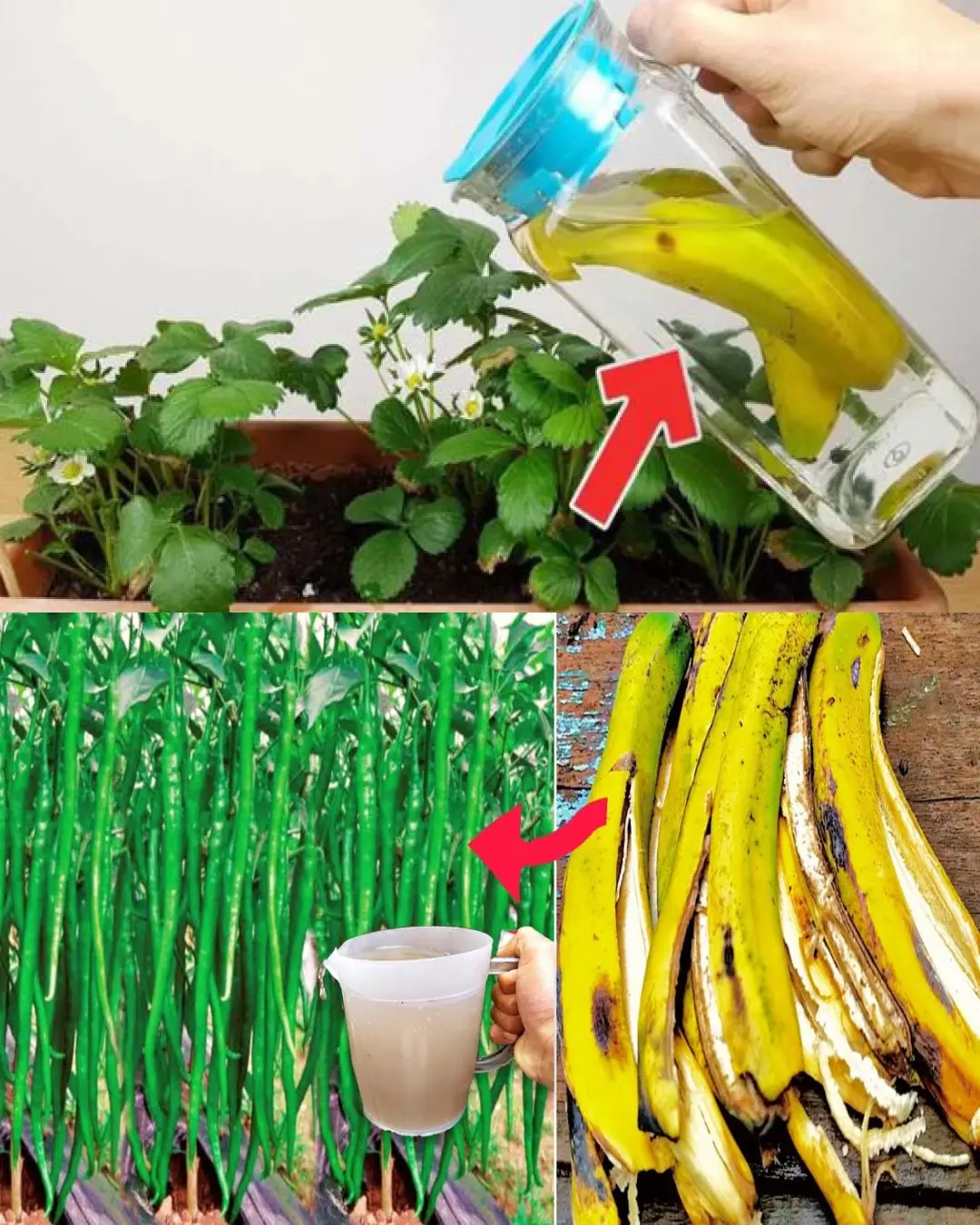
Amazing benefits of banana peels for gardening

The Moonlit Road

Gentlemen: The King!
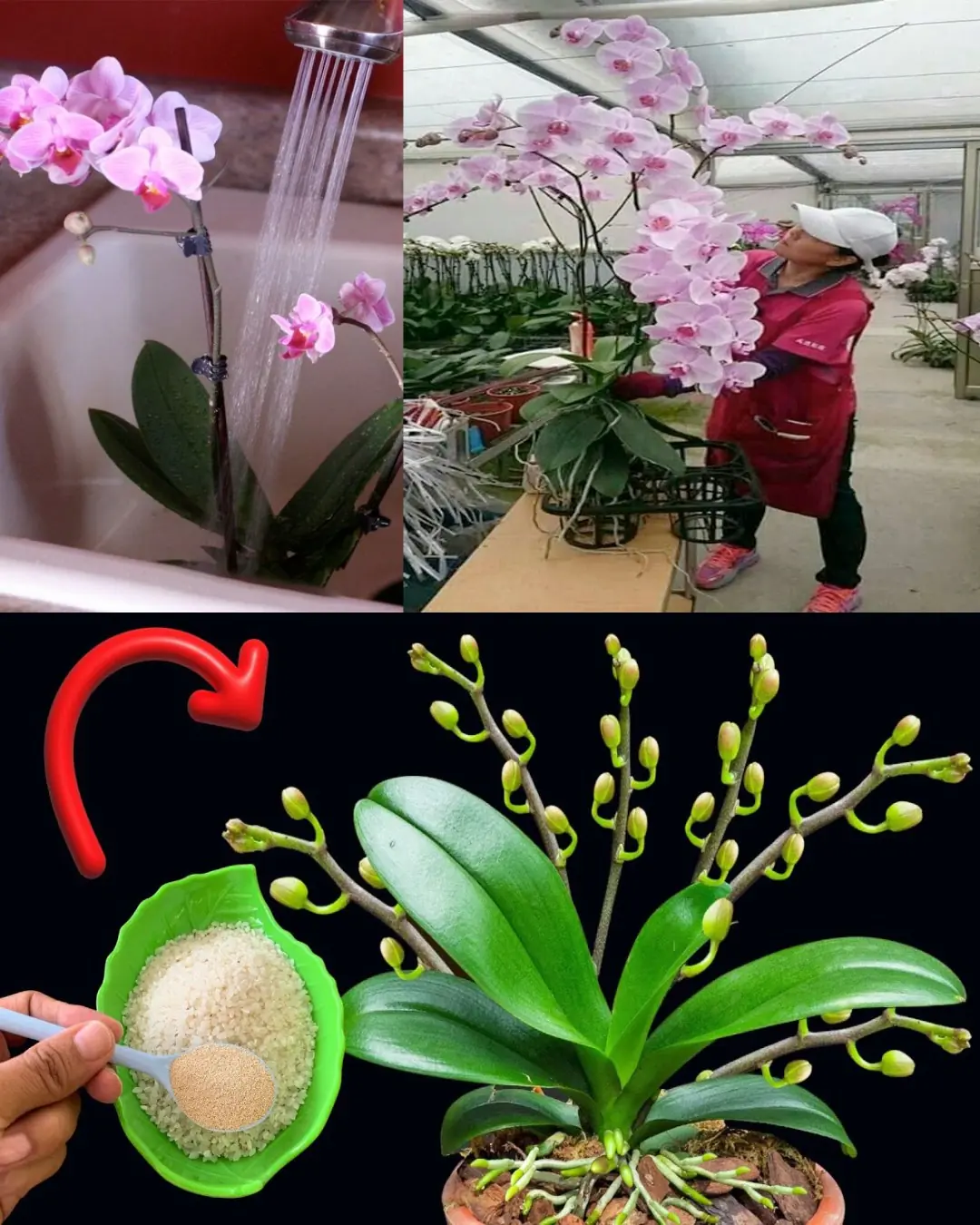
Cultivating Exquisite Orchids: Essential Tips for Healthy Plants and Beautiful Blooms
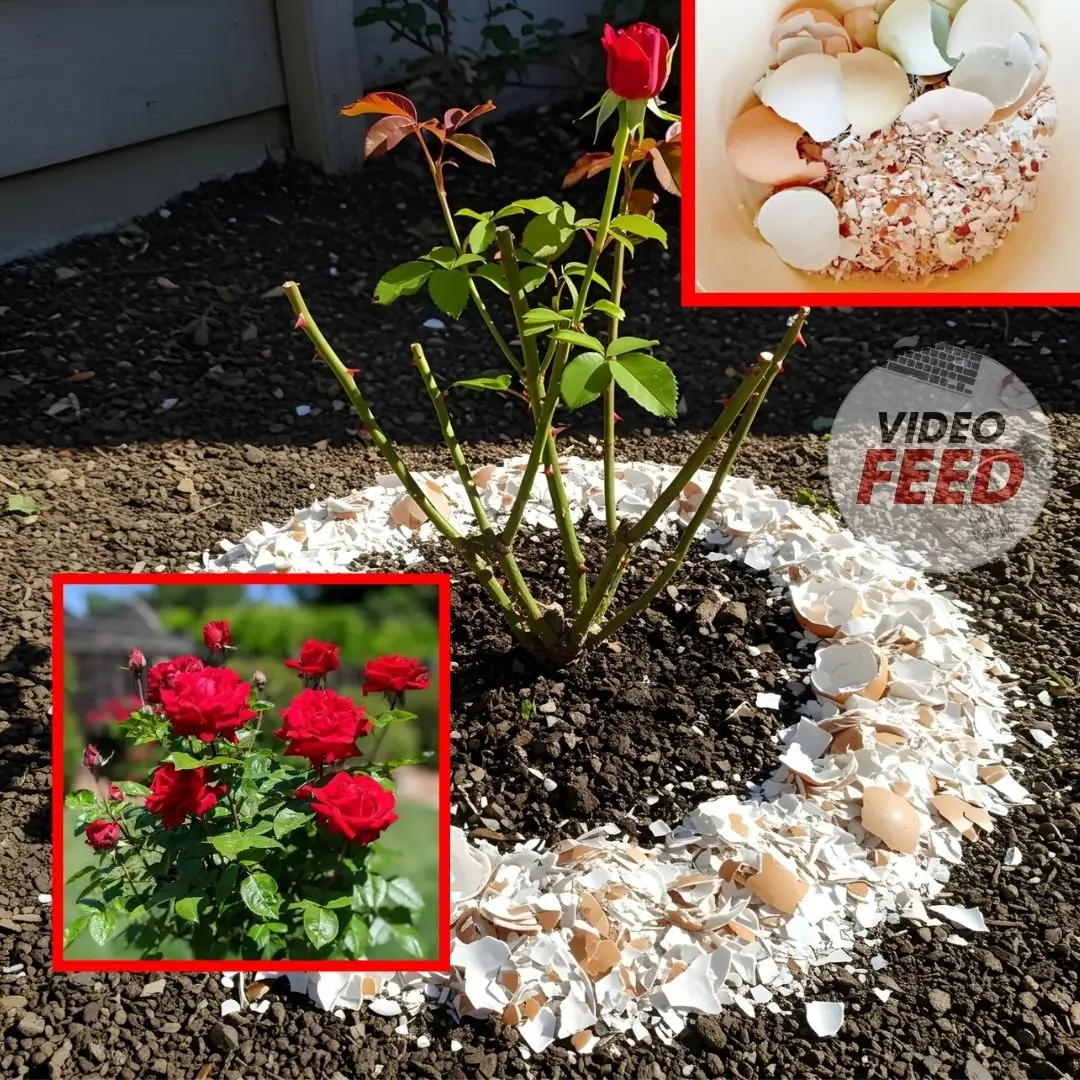
Tried crushed eggshells around my roses and the change is real

How to Grow Strawberries in Pots
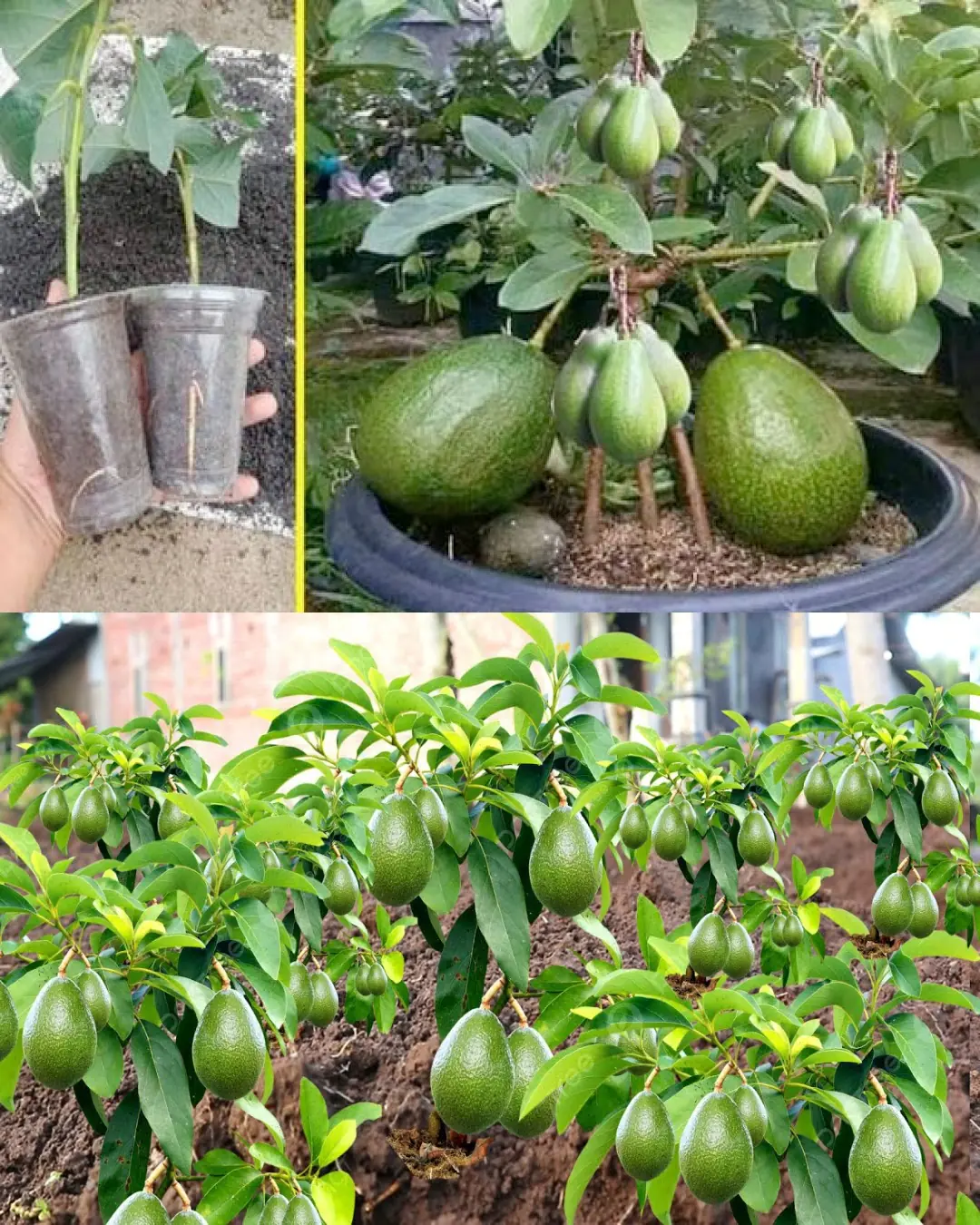
6 Simple Steps to Grow an Avocado Tree From a Pit
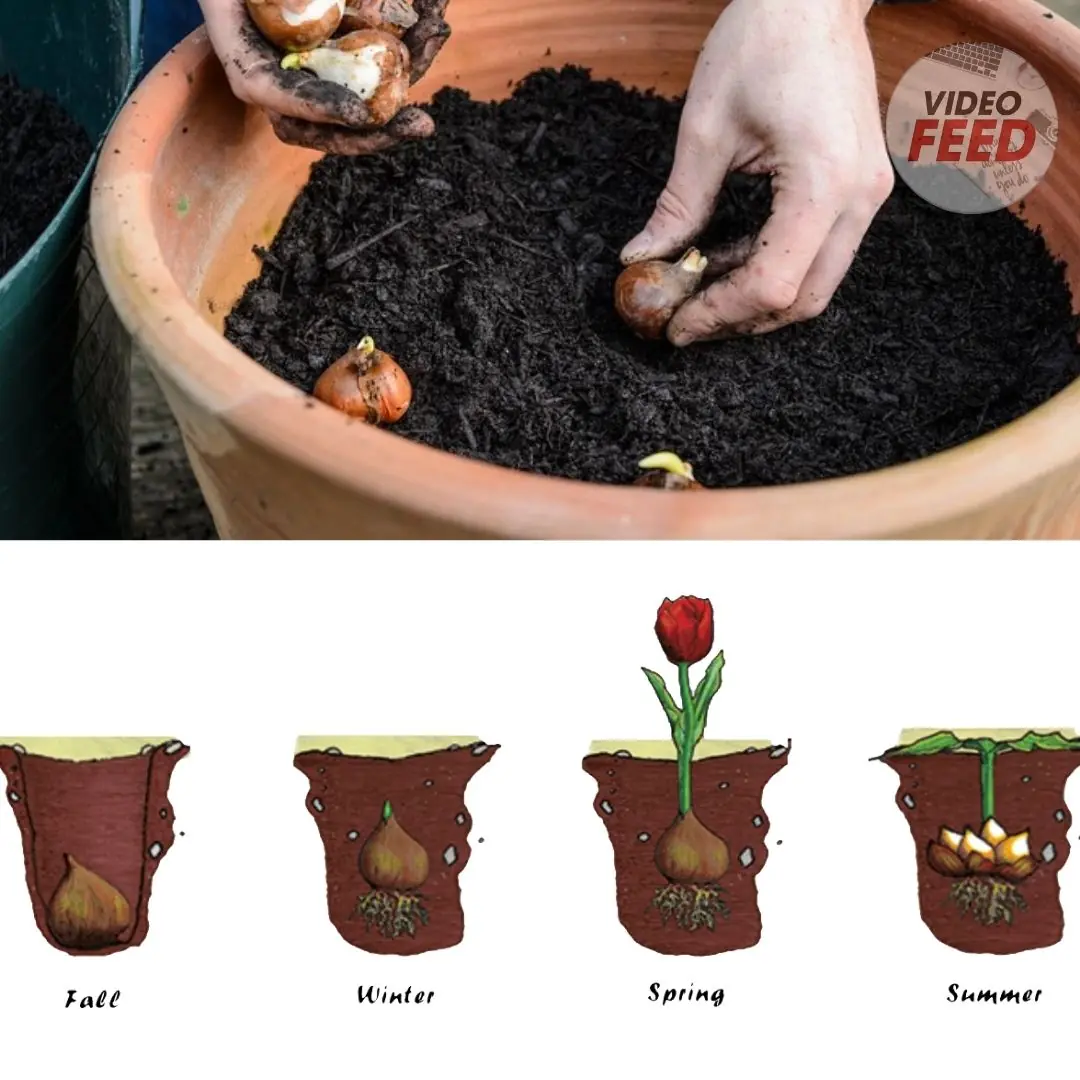
Tulip Bulb Planting Guide: All You Need To Know

What the Bell Saw and Said

Cousin Tribulation's Story
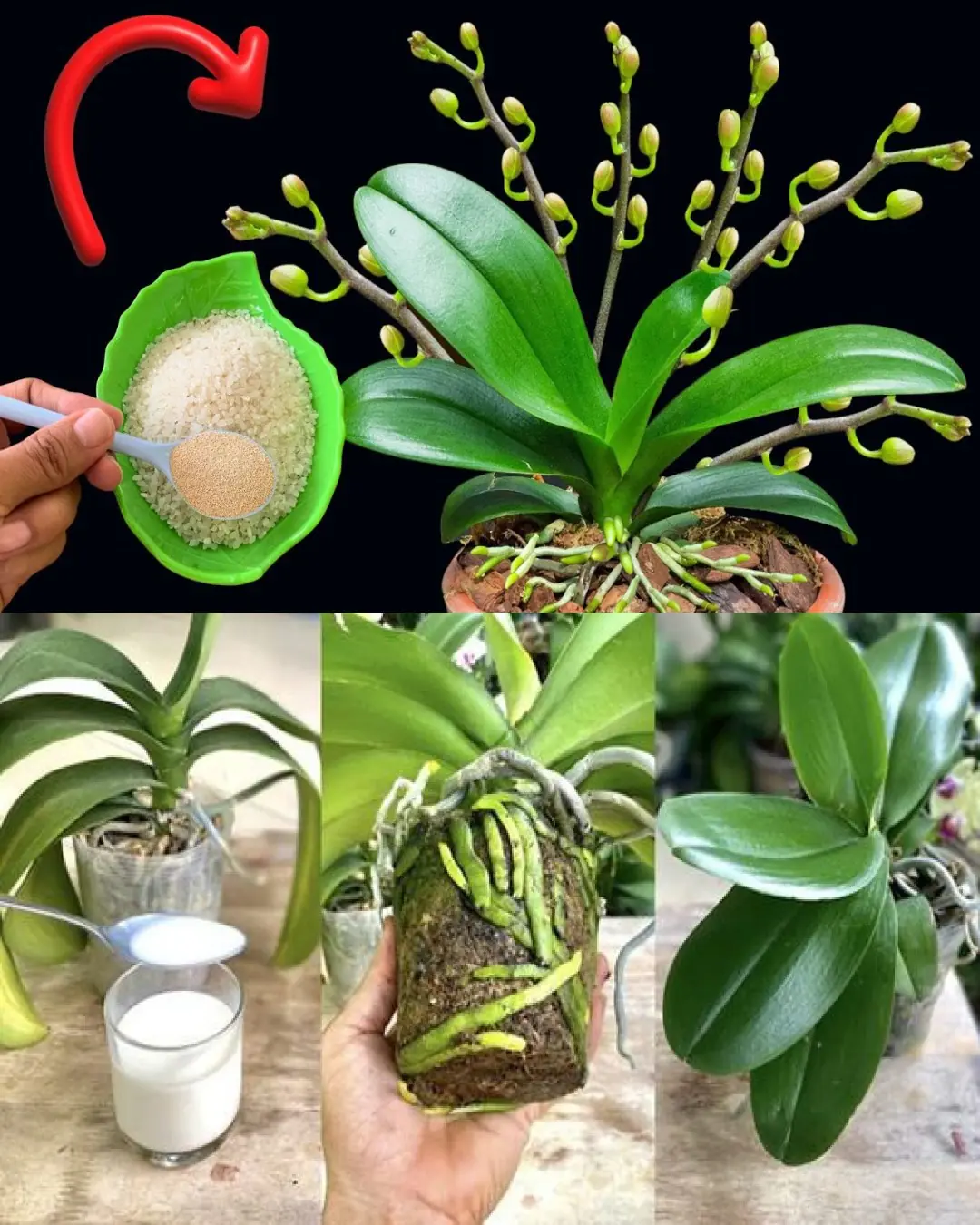
Master the Art of Growing Orchids: Expert Tips for Lush, Long-Lasting Blooms
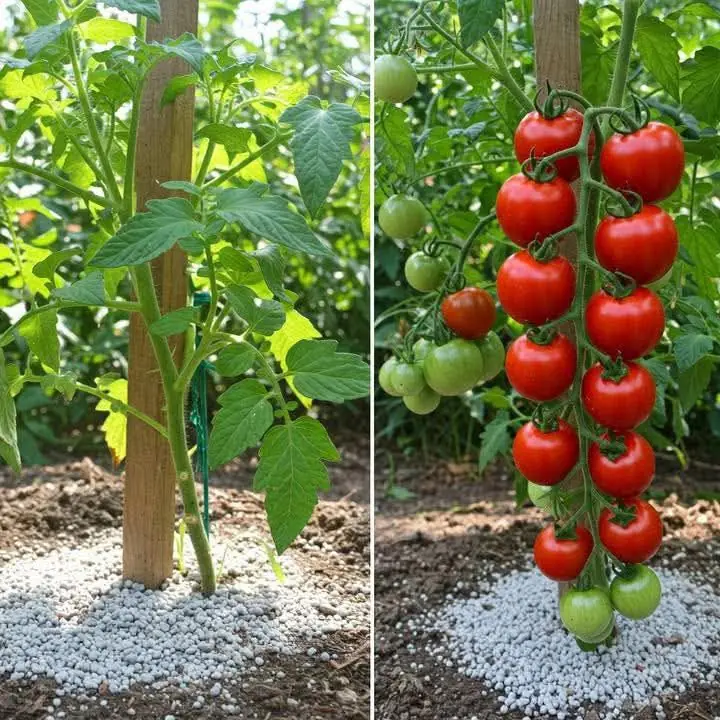
Plant Tomatoes Like a Pro: 8 Ingredients for Super-Sonic Growth

The Romance of a Busy Broker

The Lumber Room
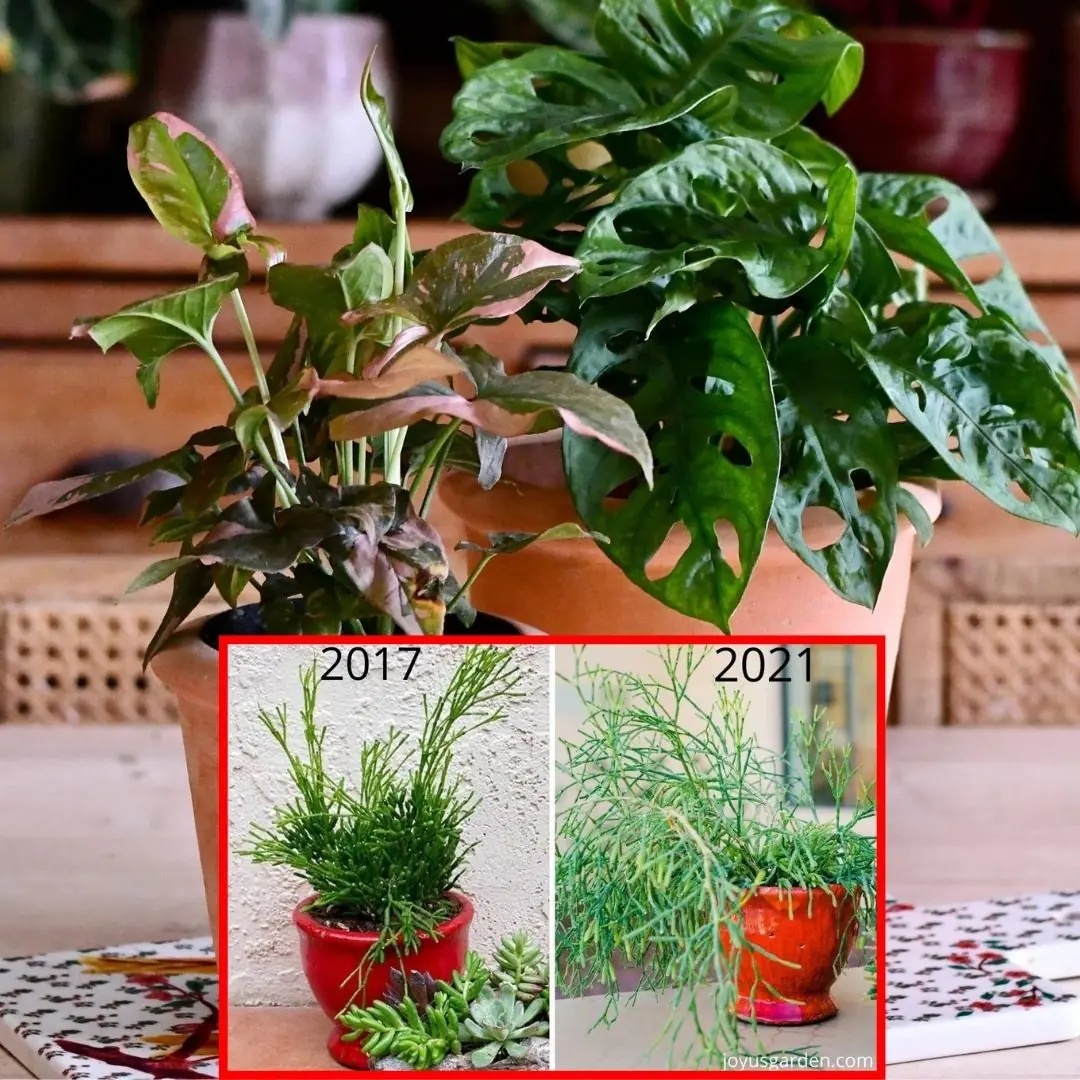
How to Plant Houseplants in a Pot Without Drainage Holes

The Other Wise Man
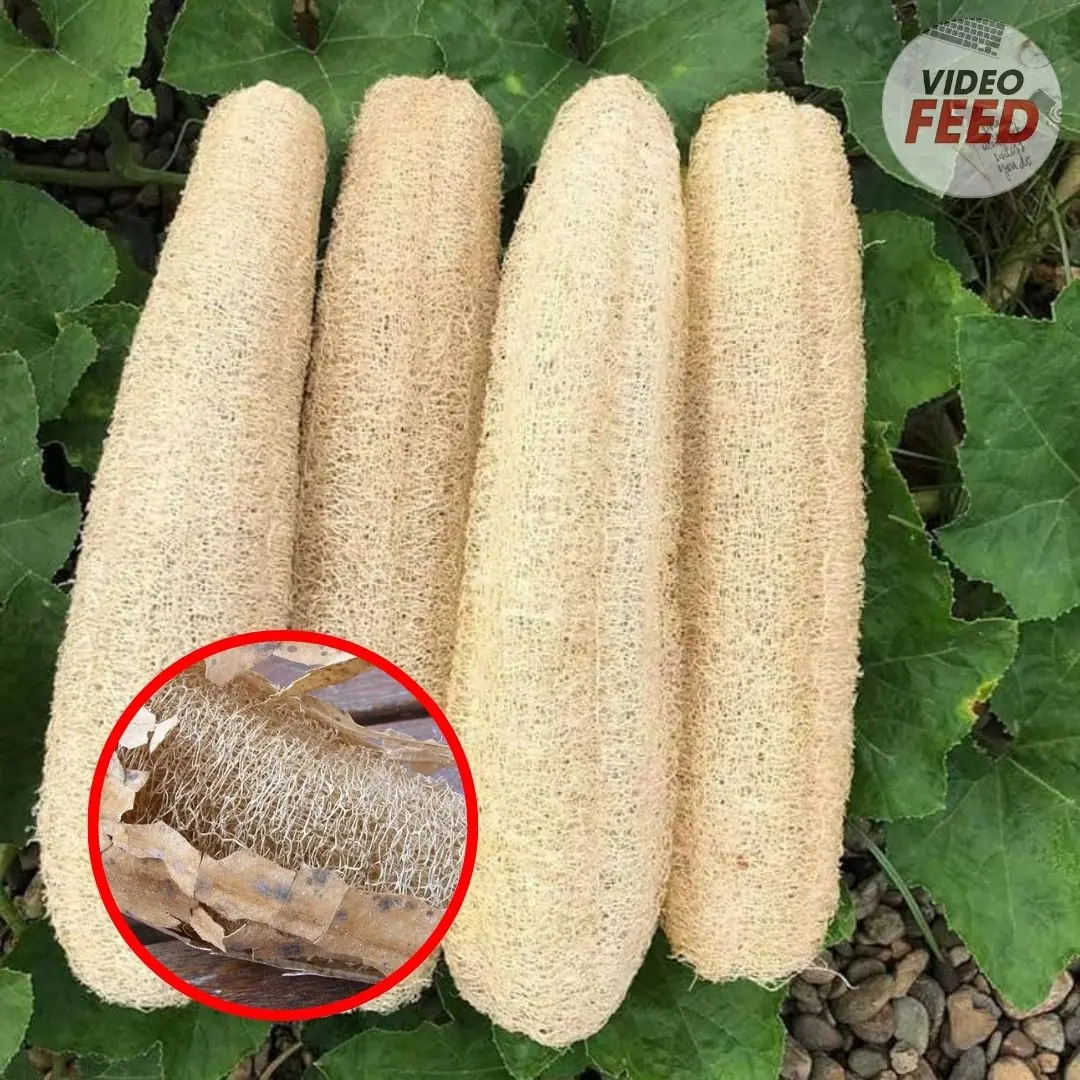
Growing loofah gourds: Learn how to grow your own loofah sponges
News Post
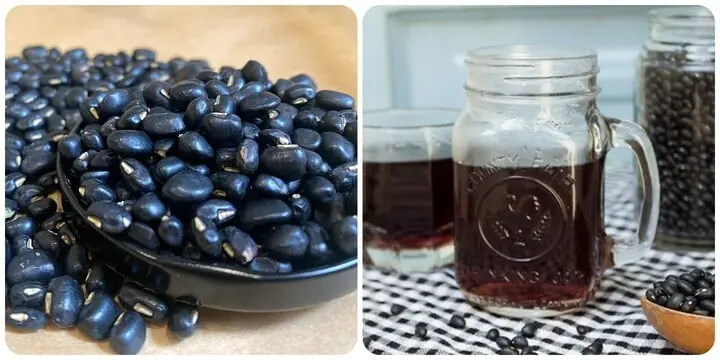
5 amazing health benefits of black bean water

4-year-old boy suffers from diabetes, mother bursts into tears after doctor says: "It's all in the family"

Waking up in the morning and seeing this symptom, be careful your kidneys are starting to fail

People with liver failure often have 3 characteristics on their hands, if you have 1 you should see a doctor soon

Man with heavy metal poisoning, kidney failure: The "culprit" is something unexpected

The man did not drink alcohol but di,ed of liver failure, the doctor sighed: Eating these 4 dishes every day will ruin even a "steel liver"!

Christmas at Red Butte

3 Cooling Foods for Summer That Help You Relax and Sleep Better

Tips to Choose Fresh Beef and Avoid Fake, Frozen, or Water-Injected Meat: Pick the Right Cut for Each Cooking Method

A Man Who Never Drank Alc.ohol Di.ed of Li.ver Failure — Doctor Sighs: "Even an Iron Li.ver Would Fail if You Eat These 4 Foods Daily!"
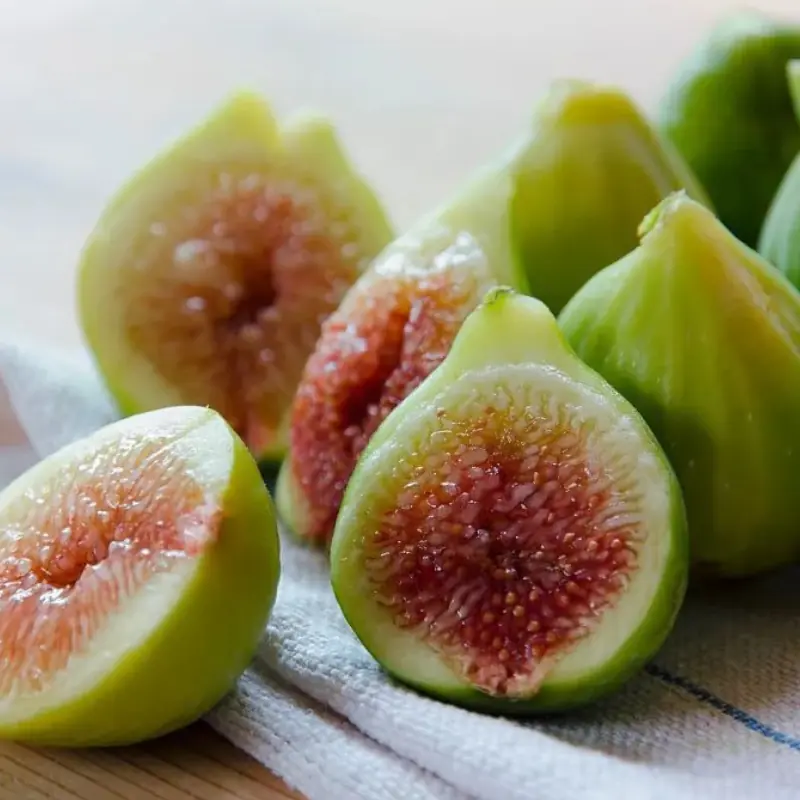
3 Types of Fruit Full of Parasites — Be Careful or You Might Get Sick

Amazing benefits of banana peels for gardening

The Moonlit Road

Gentlemen: The King!

Tips for growing chili peppers in pots with lots of fruit

Cultivating Exquisite Orchids: Essential Tips for Healthy Plants and Beautiful Blooms

Should you choose brown or white eggs?

Why do Japanese people prefer sleeping on the floor?

Tried crushed eggshells around my roses and the change is real
